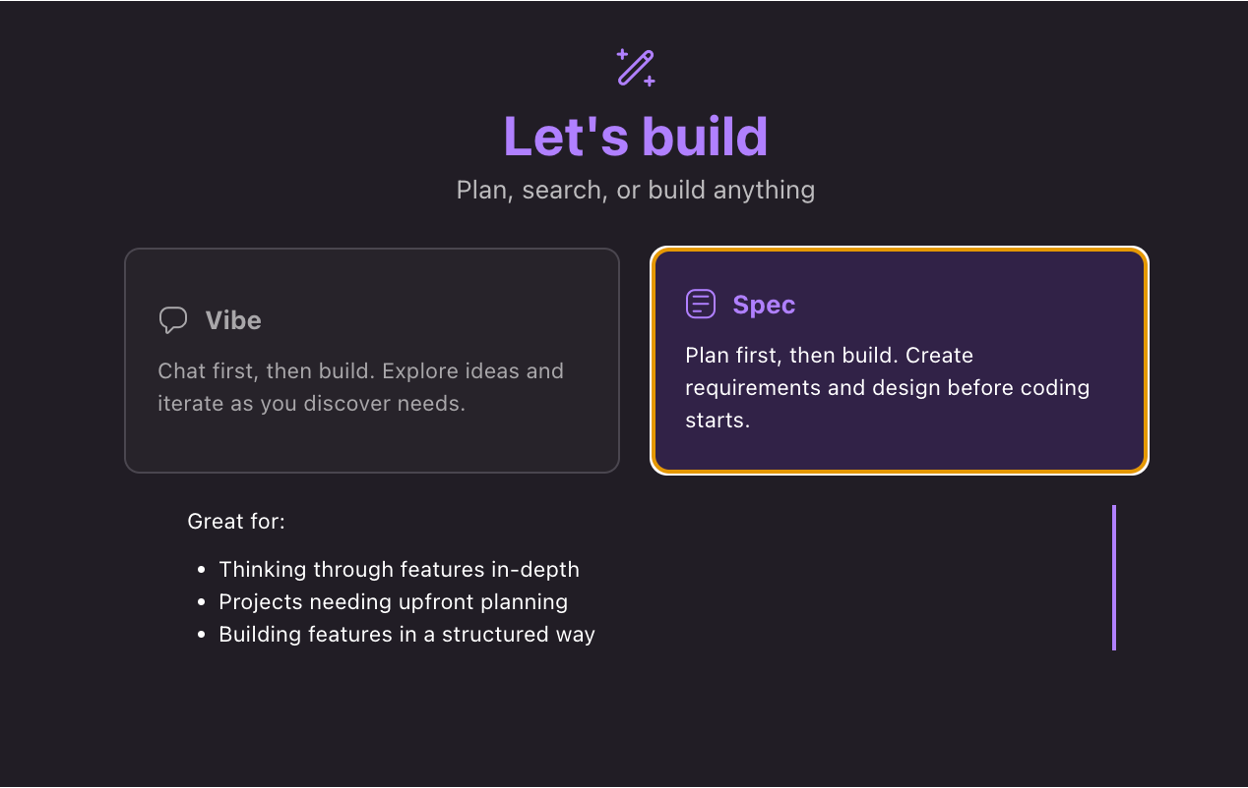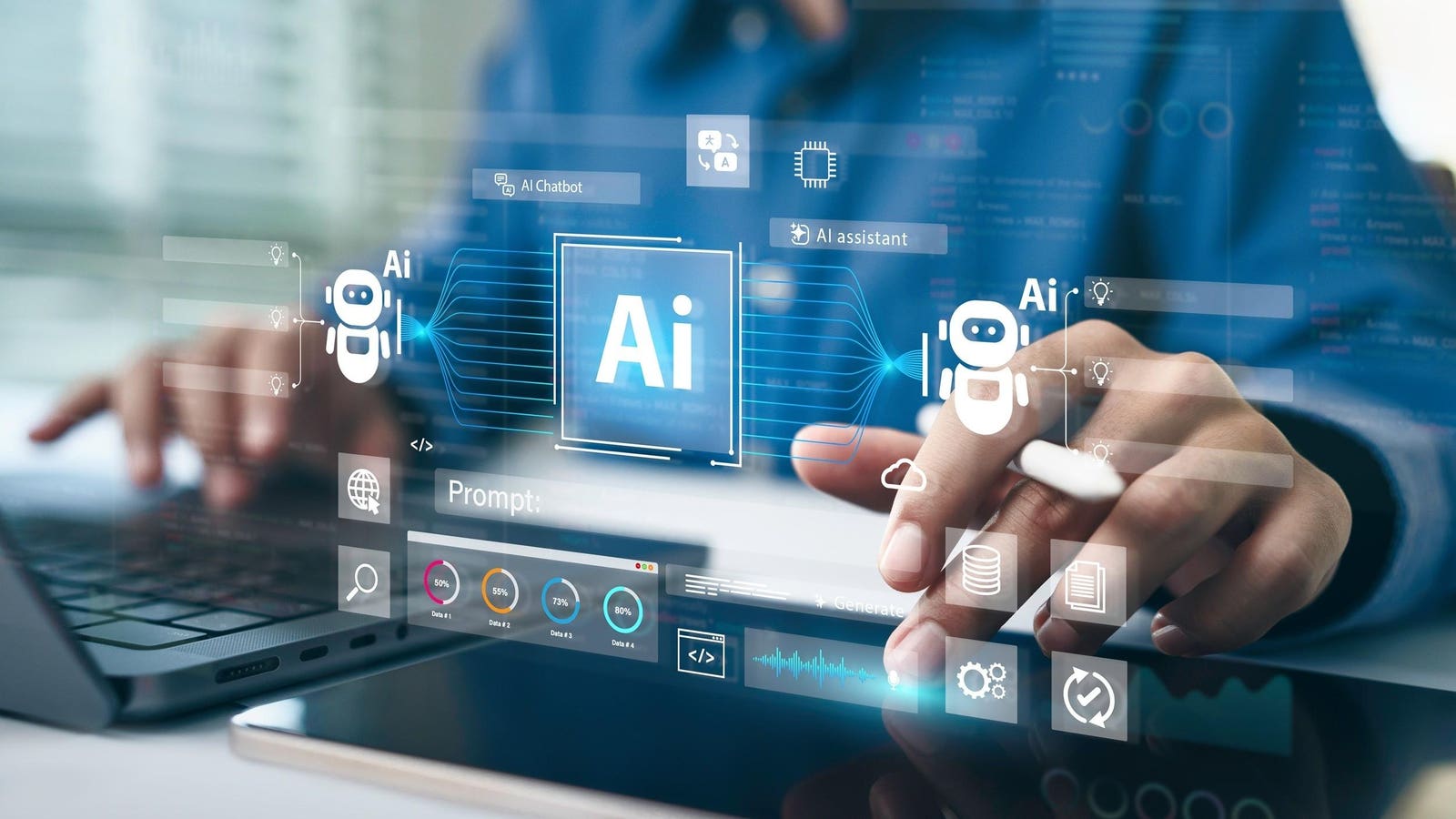Francesco Iorio is CEO of Augmenta, the company automating building design for the construction industry using generative AI.
America wants to build again, but economic uncertainty that could be attributed to policy shifts and a persistent labor shortage is impeding the nation’s progress. The risks are compounding for the billions of dollars worth of construction projects that have been in the pipeline across the United States as of 2024.
While construction firms can do little about evolving tariff and trade policies, they do have options to deal with the high attrition rates and labor shortages in construction and design that only compound the problem. In the built environment, AI can slash time spent on repetitive tasks, improve management and material efficiency, augment design teams and improve productivity.
These AI tools won’t replace human labor, but they will create opportunities for skilled workers to work more effectively and efficiently.
Strong Fundamentals But Mounting Risks
In an industry where 20% to 50% of total project costs are attributed to labor, the persistent and worsening workforce shortage in construction represents a significant threat to America’s infrastructure ambitions.
The industry faces an aging workforce, increasing project complexity and economic pressures that demand greater efficiency. The 2008 financial crisis eviscerated the real estate industry for nearly a decade and created a generation gap between older experts and a young, inexperienced workforce that needs to be bridged.
According to a study from Deloitte, the construction sector averaged 382,000 job openings each month between August 2023 and July 2024 while experiencing more people leaving the workforce than entering it. Meanwhile, according to the U.S. Bureau of Labor Statistics (BLS), one in four construction workers is over the age of 55 and approaching retirement.
This workforce crisis arrives when America needs construction capacity the most. The Infrastructure Investment and Jobs Act (IIJA) flooded the industry with dollars for infrastructure spending, doubling the pace of construction for manufacturing since 2021. AI initiatives and critical supply chain security are driving manufacturing in the U.S.
Data centers (spurred by projects like the proposed Stargate Initiative), semiconductor manufacturing facilities (bolstered by the CHIPS Act) and other technology-critical infrastructure like hospitals and factories demand more complex work from electrical, plumbing and mechanical engineering designers. Without these designs, there can be no building. Right now, not enough skilled engineering design professionals are available to address the nation’s needs.
Tech Solutions For Human Problems
To meet the moment, many forward-thinking construction firms are embracing new technologies to augment human capabilities. Building information modeling (BIM), digital twins, robotics and AI-powered generative design and automation are revolutionizing project development. These innovations are now workforce multipliers.
Construction companies on the vanguard of technological adoption are leveraging digital tools to increase their capacity, execute more complex projects and enhance productivity without requiring proportional increases in human labor.
I believe one of the most promising frontiers is AI “apprentices” acting as the first designers. These apprentices can improve the ability of design engineers and BIM to do more without adding staff and accelerate project design while integrating with additional tools to orchestrate the planning of anything from surveys to optimizing parts and materials.
For instance, in electrical engineering design, automating design and material allocation makes designing, fabricating and installing raceways and electrical systems far more efficient. We worked with electrical engineering firm Miller Electric, and it was able to cut project design times by 40% using AI—the equivalent of adding two to three electrical engineering designers.
The Effect Of Regulatory And U.S. Policy Changes
The current administration’s policies have accelerated these technological trends while the industry adapts to new economic realities.
While regulatory rollbacks will likely streamline construction processes and reduce compliance costs, the acceleration of project approvals puts more pressure on designers to move quickly and get projects ready for steel in the ground.
However, the administration’s stance on stricter immigration policies could risk exacerbating labor shortages, especially in states with the highest demands for foreign-born labor like California, Texas, Florida and New York, according to Brookings Institution research. The BLS found that 25% of construction workers nationwide were foreign-born as of 2020—putting an even greater emphasis on more efficient design that can reduce the need for additional construction labor.
Meanwhile, the National Association of Home Builders expects tariffs to raise costs on materials, forcing developers to look for savings wherever they can find them.
Infrastructure priorities will likely shift toward traditional sectors like highways, bridges, ports and energy production rather than renewable or sustainable projects. This doesn’t mean demand will diminish, but priorities will shift, with companies involved in these traditional infrastructure areas seeing increased opportunities.
Impediments To Progress
While automation may provide some relief, it isn’t a panacea for all of the problems the building industry faces. From economic headwinds to challenges with integrating workflows into legacy technologies to resistance from workers concerned that AI will replace (rather than augment) them, resistance to these digital apprentices remains a challenge.
However, a 2024 National Electrical Contractors Association report underscores the role tech and innovation could play in attracting new workers, finding that technology and innovation are helping to create a surge in apprenticeships. Highlighting digital adoption in recruitment efforts can help attract tech-savvy individuals who might otherwise overlook construction careers.
Next Steps
For the companies developing these tools, it is imperative to meet the industry where it is now. That requires creating pathways to work within existing frameworks to ensure adoption and focusing on practical implementation rather than theoretical capabilities. At this pivotal moment, AI applications cannot overpromise and under-deliver.
For these new tools to achieve their full potential to enhance construction capacity, they must be seen as evolutionary and not revolutionary. Tools that solve the real problems for the industry will address these shortages by enabling workers to do more with less manpower and build more with fewer wasted materials. In this, building better by and through design has to be the first step.
Forbes Technology Council is an invitation-only community for world-class CIOs, CTOs and technology executives. Do I qualify?









